Do you know the 10 simple rules for flying your drone for fun? Let’s take a look.
1. Flying your drone for fun
Rule number one: You must fly your drone strictly for recreational purposes. This might sound obvious, but it’s all about the intent of the flight, with recreation being the key. For example, flying to record your kids and share with the family is recreational; flying for a monetized YouTube channel is not. This requires following another set of rules called Part 107, which I’ll discuss at the end of the video.
Volunteering for your local Search and Rescue group or donating your time to record aerial footage for a business or your church is also not considered recreational. So, if your flight is recreational, keep watching for the rules. Otherwise, skip to the end of the video where I talk about Part 107 operations.
2. Follow CBO guidelines
Rule number two: You must follow community-based organization (CBO) guidelines. What is a CBO? It’s a non-profit aviation group that sets safety guidelines approved by the Federal Aviation Administration (FAA). You can find a list of current approved CBOs in the video description. Each CBO has a slightly different set of rules, and you don’t need to join or pay these organizations to follow their rules, but you do need to select one before you fly. We recommend Flite Test Community Association, FPV Freedom Coalition, or even STEM+C.
3. Keep your drone in sight
Rule number three: Maintain visual line of sight. This means you must be able to see your drone at all times without aided vision. You don’t need to stare at the drone, but you need to ensure that you can avoid other aircraft and not fly over people. If you fly an FPV drone, for example, you need a visual observer nearby to fulfill this requirement.
4. Stay clear of manned aviation
Rule number four: Do not interfere with traditional aircraft. Avoid airplanes, helicopters, balloons, gliders, etc. Drones are at the bottom of the priority list in right-of-way, especially near airports or helipads. Pay extra attention to ensure you do not interfere with other aircraft.
5. Get authorization to fly your drone
Rule number five: Get authorization to fly in controlled airspace. In the United States, airspace is divided into different classes, some of which require approval. Use the FAA’s LAANC program and apps like Airmap to check airspace and get instant approval. The apps also provide information on altitude restrictions and no-fly zones.
6. Don’t fly higher than 400 feet
Rule number six: Fly no higher than 400 feet above ground level. This is the maximum altitude for recreational drone flights, even near buildings. Always follow the terrain, never exceeding 400 feet above ground level. Near airports, you must adhere to the approved altitude, which could be lower.
7. Complete your TRUST test
Rule number seven: Take the TRUST test. TRUST stands for The Recreational UAS Safety Test. It’s a free training provided by the FAA through approved providers. The training covers essential knowledge for flying drones. At the end, you’ll receive a TRUST certificate, valid indefinitely. The training takes about half an hour and can be done at trust.pilotinstitute.com.
8. Register your drone with the FAA
Rule number eight: Register your drone with the FAA. Drones over 0.55 pounds (or 249 grams) must be registered. The registration costs $5, valid for three years, and covers all your drones flown recreationally. Register at the FAA Drone Zone and be cautious of non-official sites charging more than $5. Mark your drone with the registration number using a marker, label maker, or free stickers from pilotinstitute.com.

9. Equip your drone with Remote ID
Rule number nine: Equip your drone with Remote ID. If your drone requires registration, it must also have Remote ID technology to broadcast its location. Most new drones have this built-in, but older models might need a separate module. Ensure your drone is compliant before purchasing.
10. Fly your drone safely and responsibly
Rule number ten: Don’t operate your drone in a dangerous manner. Avoid law enforcement activities, wildfires, stadiums during games, Washington D.C., National Parks, and other restricted areas. Don’t fly under the influence of drugs or alcohol. If you meet all these requirements, you’re good to fly under recreational rules. If not, you must comply with Part 107 rules, which include passing a 60-question FAA exam. For more information on becoming an FAA remote pilot, visit pilotinstitute.com.
These 10 rules are designed as an exemption from Part 107 rules. If you don’t qualify for the exemption, you revert to Part 107 rules, which require additional certification.
We’ve trained nearly 100,000 people for this, so visit pilotinstitute.com to learn more. See you there!


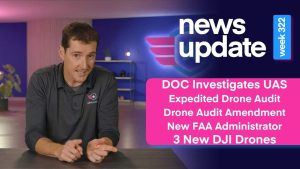
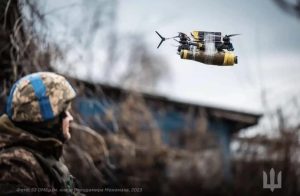


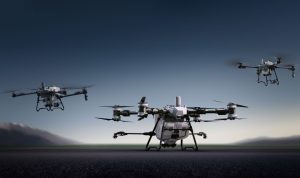
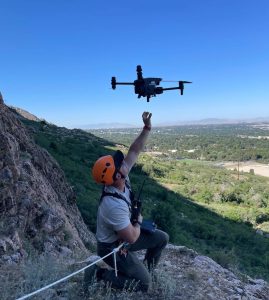





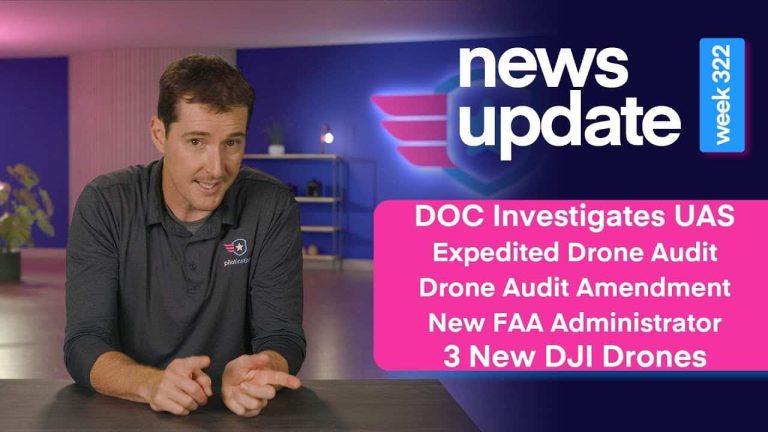


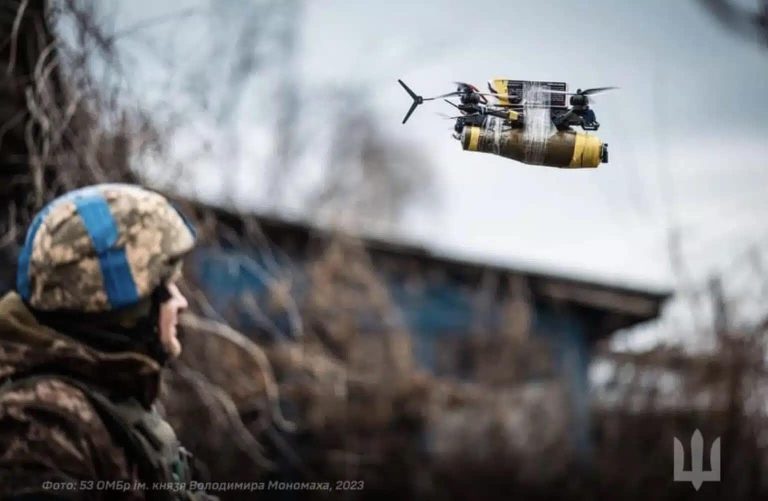


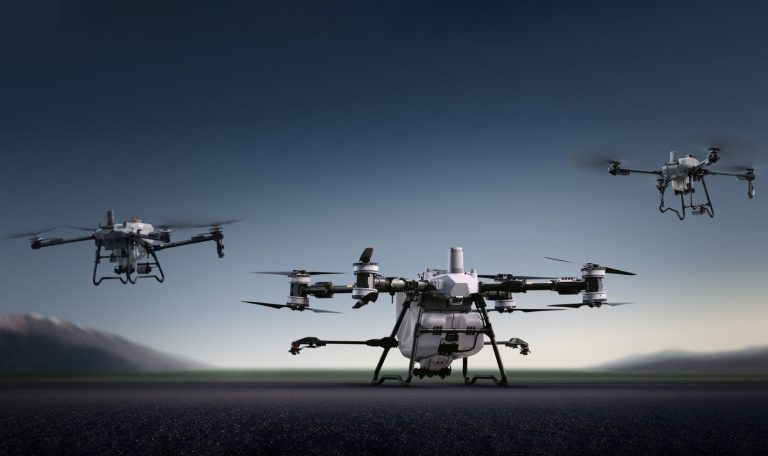
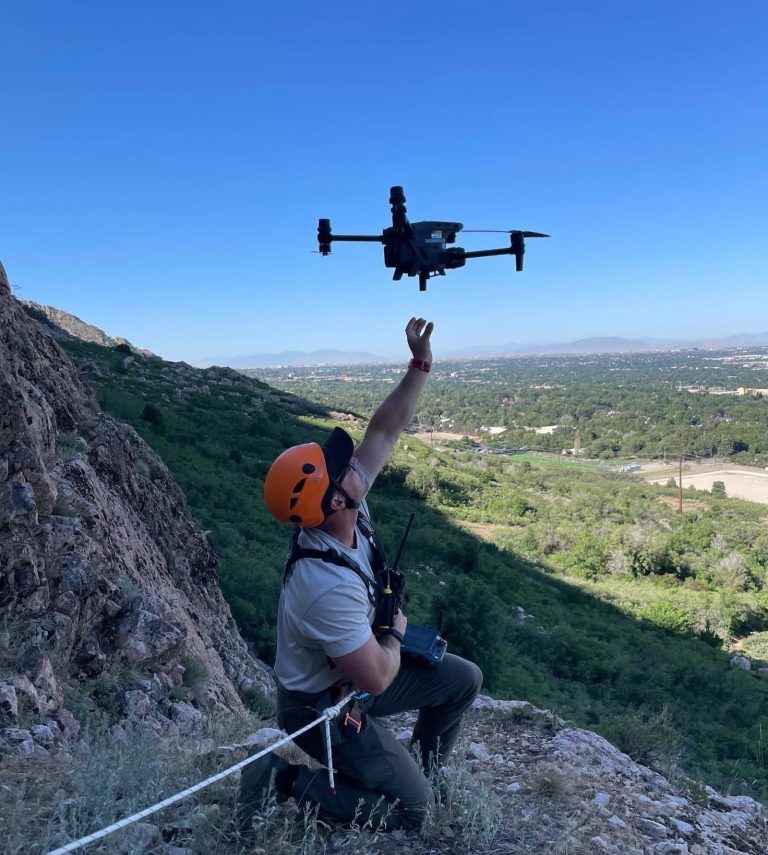
+ There are no comments
Add yours